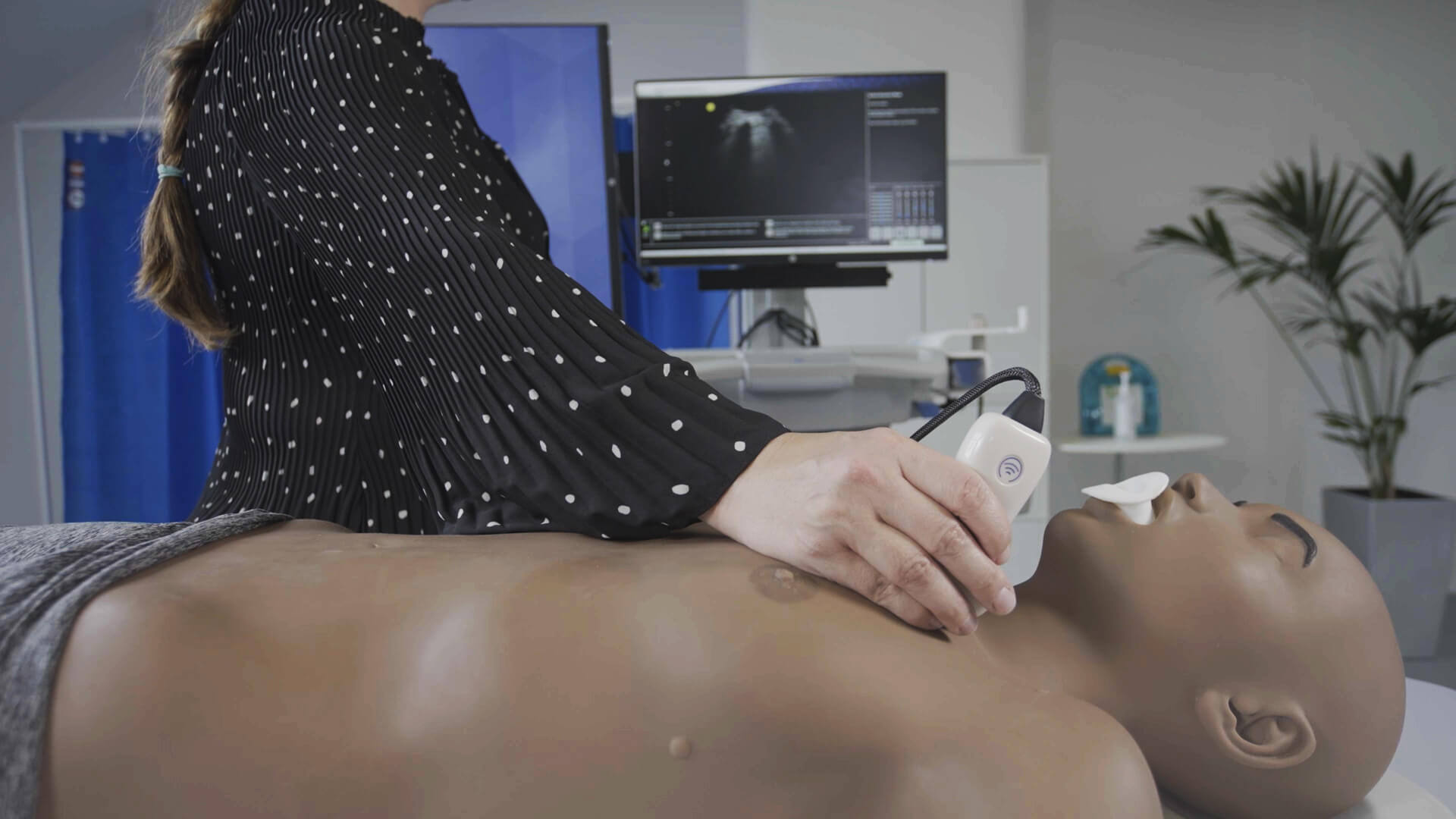Ultrasound technology is a widely used, safe, and effective tool in modern medical diagnostics. Unlike other imaging techniques, ultrasound relies on sound waves instead of ionizing radiation, making it one of the safest options for medical imaging. However, understanding the principles of ultrasound safety and following best practices ensures optimal care and minimizes any potential risks.
Why Is Ultrasound Considered Safe?
Ultrasound is often regarded as one of the safest imaging methods because it uses high-frequency sound waves to create images rather than radiation. The non-invasive nature of ultrasound allows healthcare providers to monitor conditions and diagnose medical issues without exposing patients to harmful elements. For over 50 years, medical ultrasound has been used in fields such as obstetrics, cardiology, and general diagnostics, with a strong record of safety.
Key Factors Contributing to Ultrasound Safety
- Non-Ionizing Nature: Ultrasound technology does not involve ionizing radiation, which is known to cause cellular damage. This makes it a safer option for routine examinations and for populations who are more vulnerable to radiation, like pregnant women and children.
- Low Power Levels: Ultrasound devices operate at a low intensity, especially in modes like B-mode, which is commonly used for imaging internal organs and tissues.
- Short Exposure Times: Unlike CT scans or X-rays, ultrasound exams are typically shorter, limiting exposure duration. Doppler imaging and specific therapeutic ultrasound procedures may require longer durations but are still within safe exposure limits.
Key Principles of Ultrasound Safety
When using ultrasound for diagnostic or therapeutic purposes, practitioners follow two key principles to maximize patient safety:
- ALARA Principle (As Low As Reasonably Achievable): The ALARA principle guides practitioners to use the lowest possible power settings and shortest examination times that achieve quality imaging. This reduces energy exposure while maintaining diagnostic accuracy.
- TI and MI Indices: Ultrasound devices display thermal index (TI) and mechanical index (MI) values, indicating the amount of heat generated and the mechanical effects on tissues, respectively. By monitoring these indices, healthcare providers can adjust settings to ensure safe scanning conditions.
See Also:
Potential Risks of Ultrasound and How They Are Managed
While ultrasound is extremely safe, certain considerations must be taken into account to ensure patient well-being:
- Thermal Effects: The sound waves in ultrasound generate a slight amount of heat, which is absorbed by body tissues. Although this heating is minimal, care is taken in cases such as fetal ultrasounds to prevent any tissue warming.
- Mechanical Effects (Cavitation): Ultrasound waves can create tiny bubbles in tissues, especially in fluids. These bubbles, a phenomenon known as cavitation, are carefully managed by monitoring the mechanical index to prevent any adverse effects.
- Repetitive Exposure: Although ultrasound is safe, repeated exposure is only recommended when medically necessary. Most standard ultrasound exams do not have negative cumulative effects, but it’s still best to follow appropriate frequency guidelines.
Safety in Different Ultrasound Applications
- Obstetric Ultrasound: Ultrasound is the preferred method for monitoring fetal development during pregnancy due to its safety. Practitioners adhere to the ALARA principle, focusing on necessary areas to minimize exposure.
- Doppler Ultrasound: Doppler ultrasound is valuable for evaluating blood flow and detecting vascular issues. Although Doppler imaging uses slightly higher power levels, safe practices, such as adjusting TI and MI, are followed to prevent thermal effects, especially in sensitive areas.
- Therapeutic Ultrasound: Ultrasound is used in physical therapy and other therapeutic applications to promote healing. Therapeutic ultrasounds use controlled energy levels to target tissues effectively without compromising safety.

Best Practices for Ultrasound Safety
- Following Standard Protocols: Medical practitioners are trained to follow safety protocols that ensure the lowest effective exposure. Adhering to established protocols allows for efficient, safe imaging.
- Real-Time Monitoring: Continuous monitoring of MI and TI values enables real-time adjustments to power and frequency, maintaining safe conditions throughout the examination.
- Operator Training and Certification: Proper training in ultrasound operation and safety ensures that practitioners can recognize and mitigate any potential risks, especially when working with specific patient populations.
- Routine Equipment Maintenance: Regularly serviced ultrasound systems perform more accurately and provide safer imaging. Maintenance includes calibrating TI and MI readings, ensuring reliability.
Innovations in Ultrasound Safety Technology
Recent technological advancements focus on enhancing ultrasound safety and image quality. Here are some of the latest innovations:
- AI-Guided Imaging: Artificial intelligence is being used to improve accuracy and reduce scanning time, minimizing exposure while enhancing diagnostic precision.
- Improved TI and MI Monitoring: Advanced ultrasound systems come equipped with more sensitive MI and TI sensors, enabling precise adjustments and safer imaging.
- High-Resolution Imaging at Low Power: Newer ultrasound systems can produce high-resolution images at lower power settings, effectively adhering to the ALARA principle.
- Portable and Handheld Ultrasound Devices: Portable ultrasound devices offer flexibility in patient care, allowing imaging to be done quickly with minimal exposure, especially in point-of-care settings.

Frequently Asked Questions about Ultrasound Safety
1. Is ultrasound safe for frequent use?
Yes, ultrasound is considered safe for repeated use when medically necessary. The ALARA principle and constant monitoring of TI and MI indices ensure minimal risk.
2. Are there any side effects of ultrasound imaging?
Ultrasound imaging has a strong safety record, with minimal known side effects. The heat and cavitation effects are carefully monitored to avoid any risk to patients.
3. How does ultrasound safety compare to other imaging techniques?
Ultrasound is one of the safest imaging techniques available. Unlike CT scans or X-rays, ultrasound does not use ionizing radiation, making it a preferred choice for many routine and diagnostic exams.
4. Can ultrasound affect the fetus during pregnancy?
Ultrasound is the preferred imaging technique during pregnancy due to its safety profile. When performed by qualified professionals, it presents minimal risk to the fetus.
Conclusion: Ultrasound Safety and Patient-Centric Care
Ultrasound systems offer a reliable, safe way to examine internal structures, diagnose conditions, and monitor treatment progress. By following strict safety protocols, minimizing exposure, and keeping current with technological advancements, healthcare providers ensure that ultrasound remains a patient-friendly imaging option. Understanding ultrasound safety helps patients and practitioners make informed choices, reinforcing ultrasound’s role as a cornerstone of safe, effective medical imaging.
More to read:
Ultrasound Systems Understanding the Technology Behind Diagnostic Imaging
Your Complete Guide to Cataract Eye Surgery

